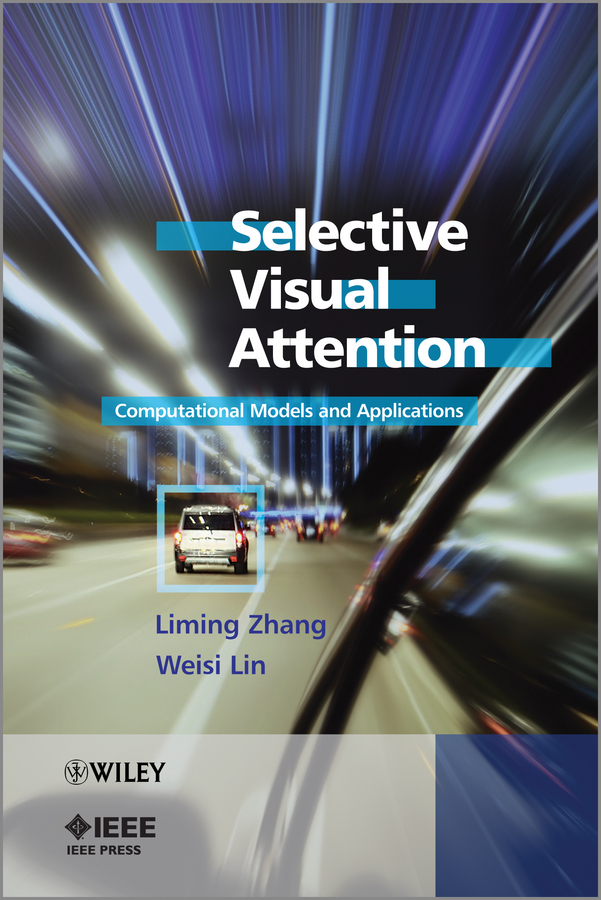
Contents
Part I: Basic Concepts and Theory
Chapter 1: Introduction to Visual Attention
1.1 The Concept of Visual Attention
1.2 Types of Selective Visual Attention
1.3 Change Blindness and Inhibition of Return
1.4 Visual Attention Model Development
Chapter 2: Background of Visual Attention – Theory and Experiments
2.2 Feature Integration Theory (FIT) of Visual Attention
2.4 Binding Theory Based on Oscillatory Synchrony
2.5 Competition, Normalization and Whitening
2.6 Statistical Signal Processing
Part II: Computational Attention Models
Chapter 3: Computational Models in the Spatial Domain
3.1 Baseline Saliency Model for Images
3.3 Variations and More Details of BS Model
3.4 Graph-based Visual Saliency
3.5 Attention Modelling Based on Information Maximizing
3.6 Discriminant Saliency Based on Centre–Surround
3.7 Saliency Using More Comprehensive Statistics
3.8 Saliency Based on Bayesian Surprise
Chapter 4: Fast Bottom-up Computational Models in the Spectral Domain
4.1 Frequency Spectrum of Images
4.2 Spectral Residual Approach
4.3 Phase Fourier Transform Approach
4.4 Phase Spectrum of the Quaternion Fourier Transform Approach
4.5 Pulsed Discrete Cosine Transform Approach
4.6 Divisive Normalization Model in the Frequency Domain
4.7 Amplitude Spectrum of Quaternion Fourier Transform (AQFT) Approach
4.8 Modelling from a Bit-stream
4.9 Further Discussions of Frequency Domain Approach
Chapter 5: Computational Models for Top-down Visual Attention
5.1 Attention of Population-based Inference
5.2 Hierarchical Object Search with Top-down Instructions
5.3 Computational Model under Top-down Influence
5.4 Attention with Memory of Learning and Amnesic Function
5.5 Top-down Computation in the Visual Attention System: VOCUS
5.6 Hybrid Model of Bottom-up Saliency with Top-down Attention Process
5.7 Top-down Modelling in the Bayesian Framework
Chapter 6: Validation and Evaluation for Visual Attention Models
6.1 Simple Man-made Visual Patterns
6.6 Spearman's Rank Order Correlation with Visual Conspicuity
Part III: Applications of Attention Selection Models
Chapter 7: Applications in Computer Vision, Image Retrieval and Robotics
7.1 Object Detection and Recognition in Computer Vision
7.2 Attention Based Object Detection and Recognition in a Natural Scene
7.3 Object Detection and Recognition in Satellite Imagery
7.4 Image Retrieval via Visual Attention
7.5 Applications of Visual Attention in Robots
Chapter 8: Application of Attention Models in Image Processing
8.1 Attention-modulated Just Noticeable Difference
8.2 Use of Visual Attention in Quality Assessment
8.3 Applications in Image/Video Coding
8.4 Visual Attention for Image Retargeting
8.5 Application in Compressive Sampling
